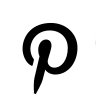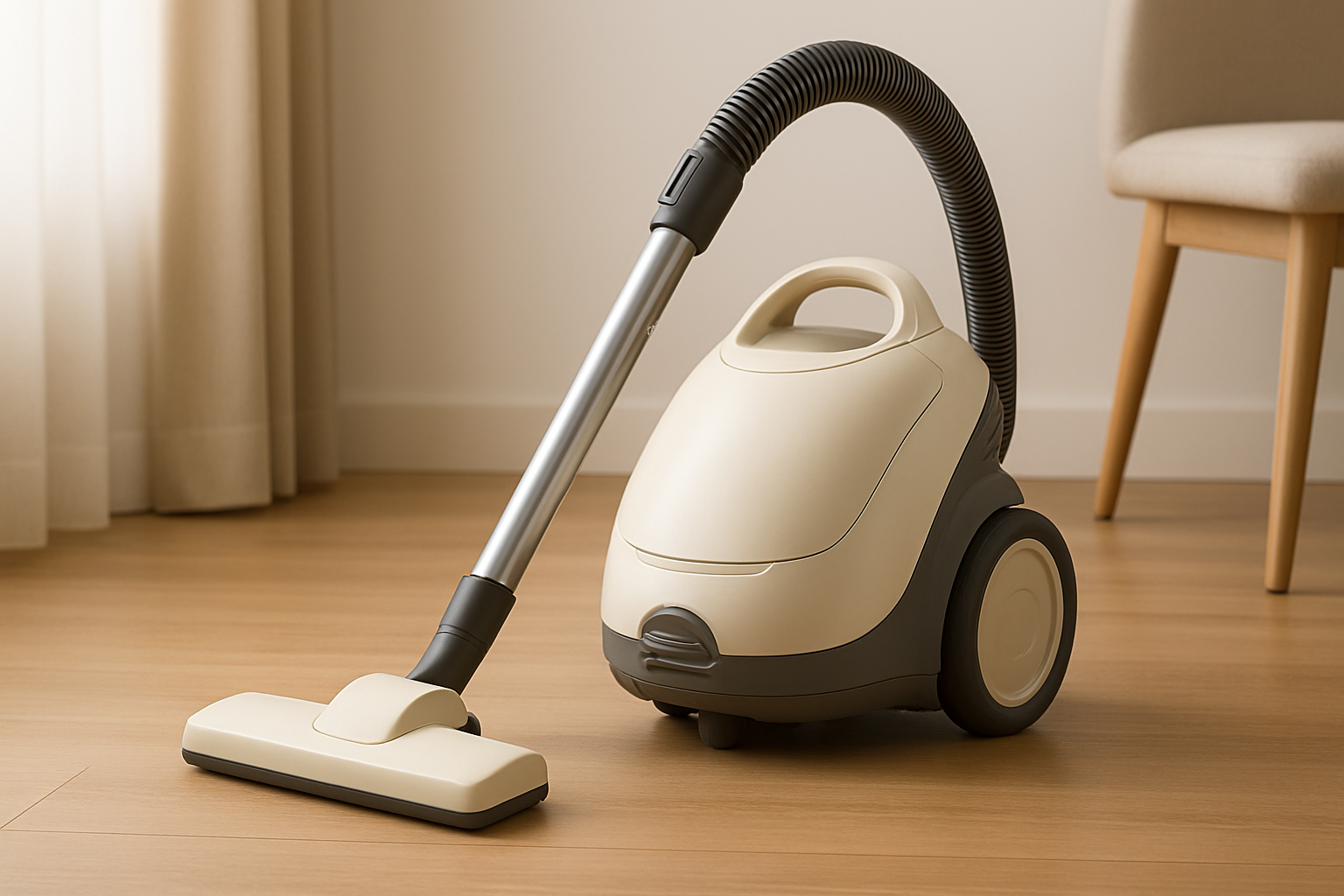The Growing Demand for Quiet in Cleaning Technology
Noise has long been an overlooked factor in vacuum cleaner design. For decades, industrial models emphasized suction and durability while ignoring user comfort and environmental noise. But in today’s market, silence is increasingly being marketed as a premium feature—and businesses are learning how to sell it.
Silence matters in B2B contexts more than consumers realize. Hospitals, hotels, schools, and office complexes are all environments where excessive noise creates disruption. This is why the demand for a quiet vacuum cleaner has surged, forcing suppliers to rethink their messaging strategies.
According to WHO noise guidelines, reducing background noise is linked to higher productivity and better health outcomes. For procurement managers in healthcare and hospitality, this is no longer a “nice-to-have” feature but a compliance-driven requirement.
From Commodity to Differentiator
For decades, vacuum cleaners were treated as commodity products—purchased in bulk, with little attention to subtle design differences. That era is ending. Buyers today actively seek models that merge performance with noise reduction.
Retailers have responded by promoting hybrid solutions such as the 4 in 1 Cordless Smart Wet & Dry Vacuum Cleaner, which combines multi-surface adaptability with whisper-level noise ratings. This type of messaging allows sales teams to pitch not just functionality, but also wellness and workplace comfort.
Even brands outside traditional cleaning markets are validating this demand. For instance, Harvard Business Review highlights how “experience-focused procurement” is reshaping B2B buying—meaning emotional factors like comfort and brand perception are now part of the buying decision.
The ability to say, “Our product delivers strong performance without disrupting your environment,” can transform a basic cleaning tool into a high-margin enterprise solution.
Selling Silence Through Technology and Proof
Quiet performance isn’t just marketing—it requires engineering. Companies are investing in advanced insulation, brushless motors, and airflow redesigns to cut decibel levels. Buyers also want proof, not just claims. That’s why suppliers increasingly publish lab-tested noise ratings and case studies from clients like hotels and universities.
This shift makes silence a central selling point, particularly when describing machines that achieve multiple features at once. For example, modern models now offer high suction in a portable frame, maintain quiet operation even with self-cleaning systems, provide multi-functional versatility while staying durable and fast, and combine lightweight design with energy-saving, efficient, powerful output—all within a large-capacity wet dry vacuum cleaner.
Influencer-driven B2B marketing is also amplifying this change. Facility managers posting reviews on platforms like LinkedIn often emphasize noise reduction as a differentiator. Their testimonials resonate with purchasing officers who value peer insights over sales brochures.
Expanding the Market with Specialized Models
Quiet doesn’t mean compromising power. Models such as Cordless Vacuum Cleaner and Li-ion Cordless Handheld Vacuum Cleaner deliver strong performance while appealing to environments where silence is vital, from libraries to conference centers.
On the consumer side, products like cordless handheld vacuums and Car Vacuum Cleaner units are marketed not only for portability but also for reducing noise during daily use. Meanwhile, professional-grade Wet Dry Vacuum Cleaners are now positioned as dual-use machines that serve industrial needs while staying compliant with workplace comfort standards.
In short, silence has evolved into a sales narrative that intersects with wellness, sustainability, and productivity—all major drivers in today’s B2B procurement cycle.
Conclusion
Selling silence in the noisy vacuum cleaner market means reframing the product story. It’s not just about suction or capacity anymore. It’s about creating a quieter, healthier, and more productive environment for end users. Companies that learn to market this feature effectively will not just sell vacuum cleaners—they will sell peace of mind.
Visit us at www.lxvacuum.com

















